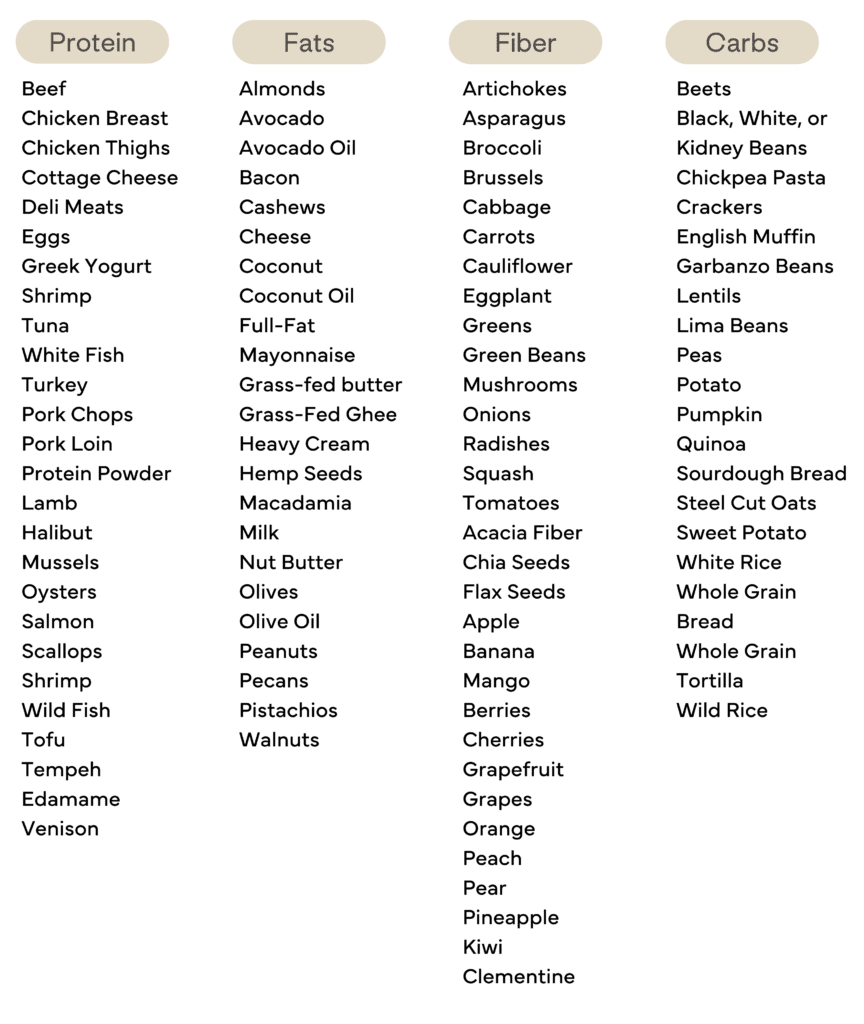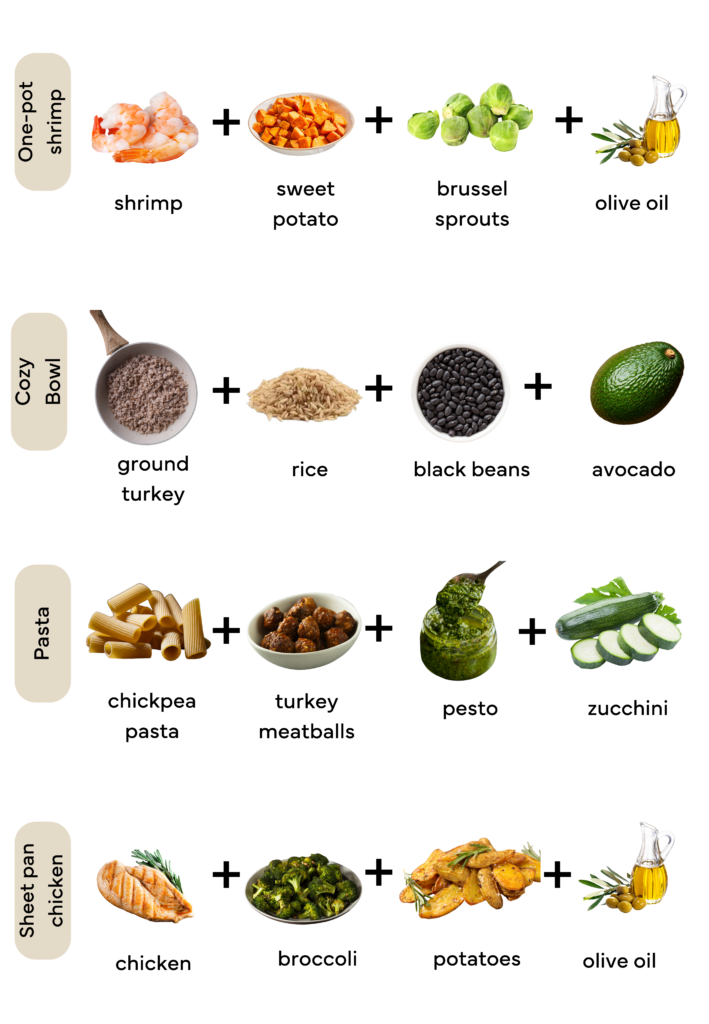Is This You?
- You’re starving two hours after that “healthy” breakfast
- Your energy takes a nosedive right after lunch (hello, 2pm slump!)
- The hangry monster shows up like clockwork before dinner
- You’re best friends with your office snack drawer and coffee maker
Sound familiar? You’ve been taking a ride on the blood sugar roller coaster! This is not to be confused with a really fun rollercoaster at Six Flags Amusement Park that gets your adrenaline pumping and bring your joy. This is a rollercoaster that makes you feel tired and hangry. But here’s the good news: you don’t have to stay on this ride.
We’re about to show you how to decode your blood sugar signals, stabilize your energy, and basically fix your whole life. (Okay, maybe not everything – but once you understand how blood sugar affects your body, you’ll be amazed at what starts to change.)
Blood Sugar Basics: What’s Actually Happening
Let’s decode what’s really going on in your body when you hop on this not-so-fun ride:
- You eat carbs (yes, even the “healthy” ones), and they break down into sugar. Your blood sugar shoots up like that first big roller coaster climb.
- Your body releases insulin – think of it as your sugar-storage hormone. Its job? To grab that sugar and store it in your muscles and liver for later energy. But here’s the catch: once those storage tanks are full, the extra gets packed away as fat.
- Then comes the drop: as insulin shuffles all that sugar into storage, your blood sugar plummets. Your brain hits the panic button (“WHERE’S THE SUGAR?!”), and suddenly you’re raiding the snack drawer or reaching for another coffee.
This cycle isn’t just messing with your energy – it’s affecting your whole body. When your blood sugar is jumping up and down all day, you:
- Can’t focus (brain fog, anyone?)
- Store more fat (especially around your middle)
- Experience constant cravings
- Feel like your energy is on a never-ending roller coaster
How To Jump Off the Rollercoaster: Meet PHFF
Protein
- Keeps you full longer than any other macronutrient
- Maintains muscle mass (your metabolism’s best friend)
- Burns more calories during digestion than carbs or fat
- Your goal: at least 30g per meal for women, 50g for men
Healthy Fats
- Acts like a speed bump for blood sugar spikes
- Keeps you satisfied longer
- Key for healthy hormones
- Your goal: minimum of 60g for women and 70g for men per day
- Your goal: 10-30g per meal for meal for women, 20-40g per meal for men
Fiber:
- Slows down sugar absorption
- Turns off hunger hormones and turns on fullness signals
- Feeds your good gut bacteria
- Your goal: a minimum of 25g per day for women, 30g for men
What About Carbs?
Here’s the plot twist: we want you eating carbs! The key is that they need to be the right carbs at the right time with the right partners (hello, PHFF!). We focus on “starchy carbs” like lentils, beans, rice, and whole grains. Those tiny carb amounts in veggies, dairy, nuts, and seeds? Don’t even worry about counting them.
How many carbs YOU need will vary based on your own individual goals and biology. For example, a woman with PCOS has different carbohydrate needs than a women with hypothyroidism or a man wanting to increase his energy.
Because carbs are such a big topic, we dive more into them here.
Now, let’s take a look at a (fairly) complete list of PHFF + Starchy Carbs!

Put PHFF Into Action
Ready to make this work in real life? Here’s how to build your PHFF plates without turning your life upside down:
Breakfast:

Lunch:

Dinner:

Smart Snacks:

Pro Tips for Success:
- Starting your day with protein sets you up for stable energy
- When you grab fruit, add protein or fat (apple + almond butter = perfect snack)
- Skip liquid sugar bombs
- Listen to your body – different people need different amounts of carbs
- Prep proteins in bulk on weekends (your future hungry self will thank you)
- Keep emergency PHFF snacks at your desk, in your car, and in your bag
- When eating out, think “protein first, then add your fats and fiber”
- Craving something sweet? Add protein and fat (like having dark chocolate with nuts)
- Make your coffee work harder: add collagen powder and a splash of full-fat coconut milk
- Remember: the goal isn’t to memorize a meal plan – it’s to learn the PHFF framework so well that it becomes your new normal!
Beyond Calories: A New Way of Eating
Instead of obsessing over numbers, just ask yourself: “Where’s my PHFF?”
Take a quick inventory of your current eating patterns:
- What’s your typical breakfast? (Be honest – we won’t judge!)
- When do those energy crashes usually hit?
- What triggers your snack attacks?
Understanding your patterns is the first step to changing them. Remember: this isn’t about perfection – it’s about progress. Every PHFF meal is a win!

Enjoyed this article? Get more Nutrition 101 delivered straight to your inbox.
Unlock your best you.
Get daily nutrition you can count on with plans that work for your body.
Start today
Contact Us
Home
About
Why Us
Nutrition 101
© 2025 MyDietitian | All rights reserved | Privacy Policy
Connect
Join Our Newsletter